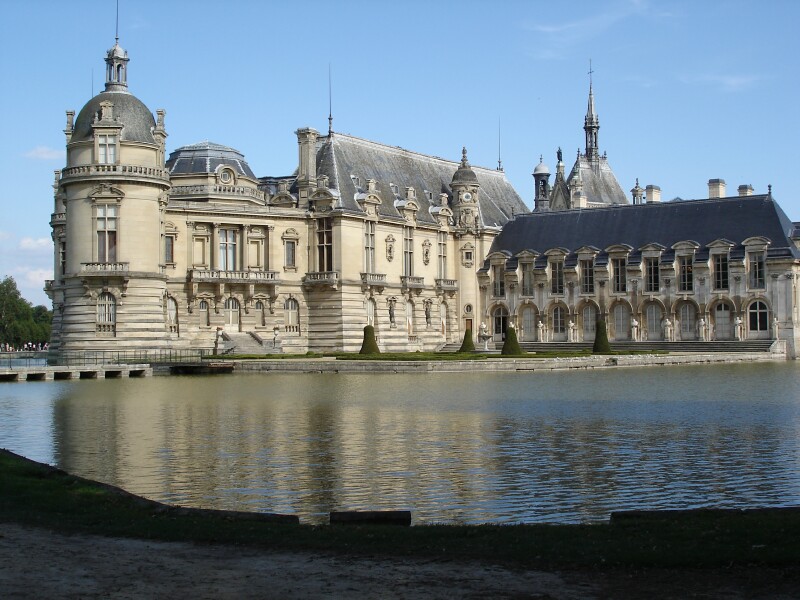 |
| Picture: Amazon |
This magnificent book avoids the pitfalls of writing about this over-studied topic, eschewing trite generalisations about history, sociology and psychology and hewing closely to self-portraits themselves. The first part of the book is the best, where he pushes back the origin of the self-portrait to ancient sources and noting that "it is in the Christian Middle Ages - preoccupied with personal salvation and self-scrutiny - that we see the start of a coherent tradition of self-portraiture" (p. 17). The chapter on medieval self-portraits includes a fascinating discussion of mirrors. It's often believed that the development of the mirror was the pre-condition for Renaissance self-portraiture. Hall shows that good mirrors of polished metal were available much earlier, and he explains the intellectual history of the mirror, its symbolism and lore.
I found the later sections consistently interesting, but often more speculative. His interpretation of pictures like the Artemisia Gentileschi Self Portrait as the Allegory of Painting seemed to me to strain beyond the evidence. But Hall's thematic organisation is rewarding, pulling the emphasis away from the obvious points that are made about the status of the artist to reflect on the ironic subversion of that message by mock-heroic self portraits.
I found the later sections consistently interesting, but often more speculative. His interpretation of pictures like the Artemisia Gentileschi Self Portrait as the Allegory of Painting seemed to me to strain beyond the evidence. But Hall's thematic organisation is rewarding, pulling the emphasis away from the obvious points that are made about the status of the artist to reflect on the ironic subversion of that message by mock-heroic self portraits.
I'm not sure the purpose of the extremely brief 'Selected Bibliography'. It includes general picture books like 500 Self Portraits, but also includes sources in French, German and Italian so it's clearly not meant for the general reader. Charles Taylor's Sources of the Self is the only general philosophical book, which is a peculiar choice. It's an important and influential book, but it's rather formidable and Taylor's nostalgic brand of Catholic communitarianism is neither mainstream nor especially relevant for art history. A more substantive bibliographic essay would have been a welcome addition, as I suspect Hall would be a good guide to the thicket of books (good, bad and, too often, indifferent) on the topics he discusses. It's also annoying to have to refer to an appendix in tiny text to get details of dimensions and location for the illustrations. On the other hand, the brief two paragraphs of acknowledgements at the end was a welcome change from the chapter-length exercises in name-dropping that have become the norm.
This is one of those rare books that left me hankering for more, hoping for the definitive history of self-portraiture. But on reflection I'm not sure such a history is possible. Self-portraiture is a part of many different histories - history of art, history of the self, history of ideas - and has been ill-served by attempts to squeeze it into a particular schema. This particular core sample of self-portraiture is especially rewarding.
 |
| Picture: Amazon |
Élisabeth Foucart-Walter, Olivier Meslay & Dominiqe Thiébaut with Guillaume Faroult Catalogue des peintures britanniques, espagnoles, germaniques, scandinaves et deiverses du musée du Louvre Gallimard 2013 £62.15
The series of catalogues of the Louvre's paintings falls somewhere between the National Gallery's Illustrated General Catalogue and its full catalogue series, and it performs neither duty well. These books provide quite poor black and white illustrations together with provenance and bibliography, plus brief commentary. They're expensive, so don't serve as a cheap reference source, but they don't have the tremendous detail and superb illustrations of the National Gallery's full catalogue series that justifies their high price.
This volume covers schools historically under-represented in the Louvre's astonishingly encycolopaedic collections, but it shows what a good job they've done of building the collection. The Danish collection now includes three Eckersbergs and three Købkes plus fine interiors by Baerentzen and Bentz. In the nineteenth century they also acquired a fine series of small landscapes by Peder Balke, an artist recently acquired by the National Gallery, and shortly to be subject of an exhibition there.
The British school is poorly represented - no Gainsborough landscape, no great Constable, no characteristic Reynolds portraits, a single Stubbs, only two Turners (good ones, but you can't appreciate his range from these). Still, some marvelous Lawrence and a fine full-length Gainsborough. This is a nice book to dip into, but I hanker for something more substantial.
The British school is poorly represented - no Gainsborough landscape, no great Constable, no characteristic Reynolds portraits, a single Stubbs, only two Turners (good ones, but you can't appreciate his range from these). Still, some marvelous Lawrence and a fine full-length Gainsborough. This is a nice book to dip into, but I hanker for something more substantial.
 |
| Picture: Amazon |
This book accompanies and exhibition, but it's more than an exhibition catalogue; it's a superb study of one of Europe's most important eighteenth century landscape artists. The exhibition catalogue is the last third of the book; two thirds is devoted to chapters on aspects of Wilson's art and its reception. The focus is firmly on the European context, and even if you're not a Wilson admirer there is much general background that is useful and interesting. I was particularly fascinated the account of the art scene in Rome in the mid-eighteenth century in the milieu of Anton Raphael Mengs and Pompeo Batoni , plus the various grand tourists passing through (chapters by Robin Simon and Jason M. Kelly). Paul Spencer-Longhurst's chapter on Wilson's historiography is also excellent, and admirably understated. His criticism of the social history that David H. Solkin read into Wilson is gently implied, and all the more effective for that. Throughout the book the focus is on art history rather than social history, which rightly redresses the balance from Solkin's scholarship. On the other hand, the connoisseur-collector Brinsley Ford's earlier work receives more favourable reception, which is also surely right.
I hope I can get to the National Museum of Wales to see the exhibition. Its catalogue is about as close to the Platonic ideal of an exhibition catalogue I've seen. The brilliant Paul Mellon Centre for Studies in British Art is establishing an online catalogue raisonné, Richard Wilson Online. It isn't online, yet, and in a rare mis-step by the Mellon Centre, RichardWilsonOnline.com is already registered by 'the renowned drummer' Richard Wilson! It's fantastic that they're sponsoring a free online catalogue, but I think something is lost without a print version too.

















